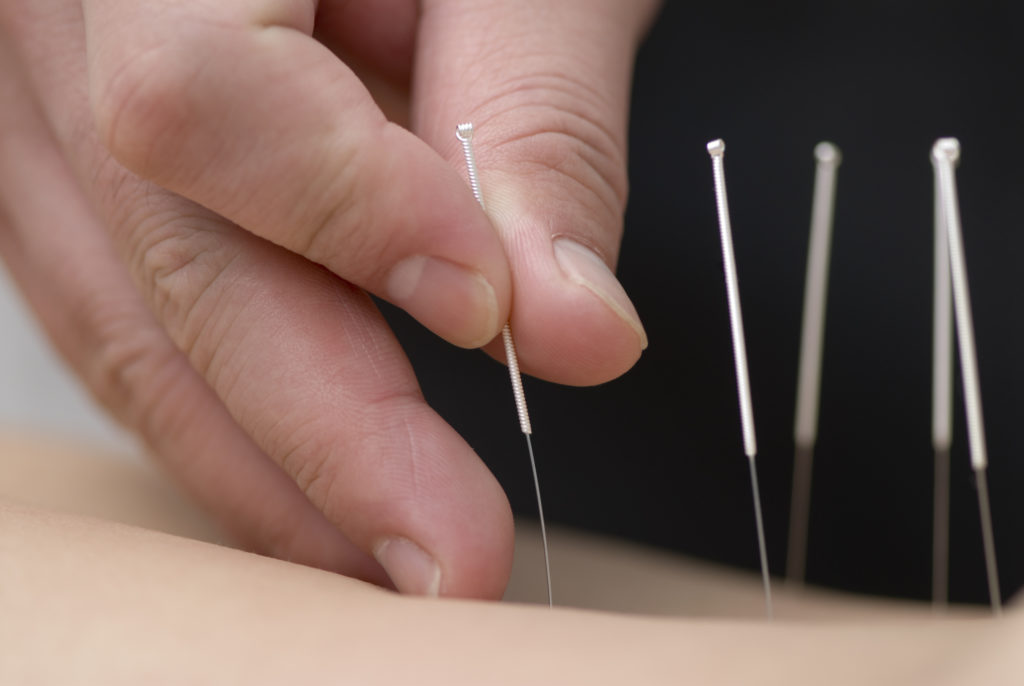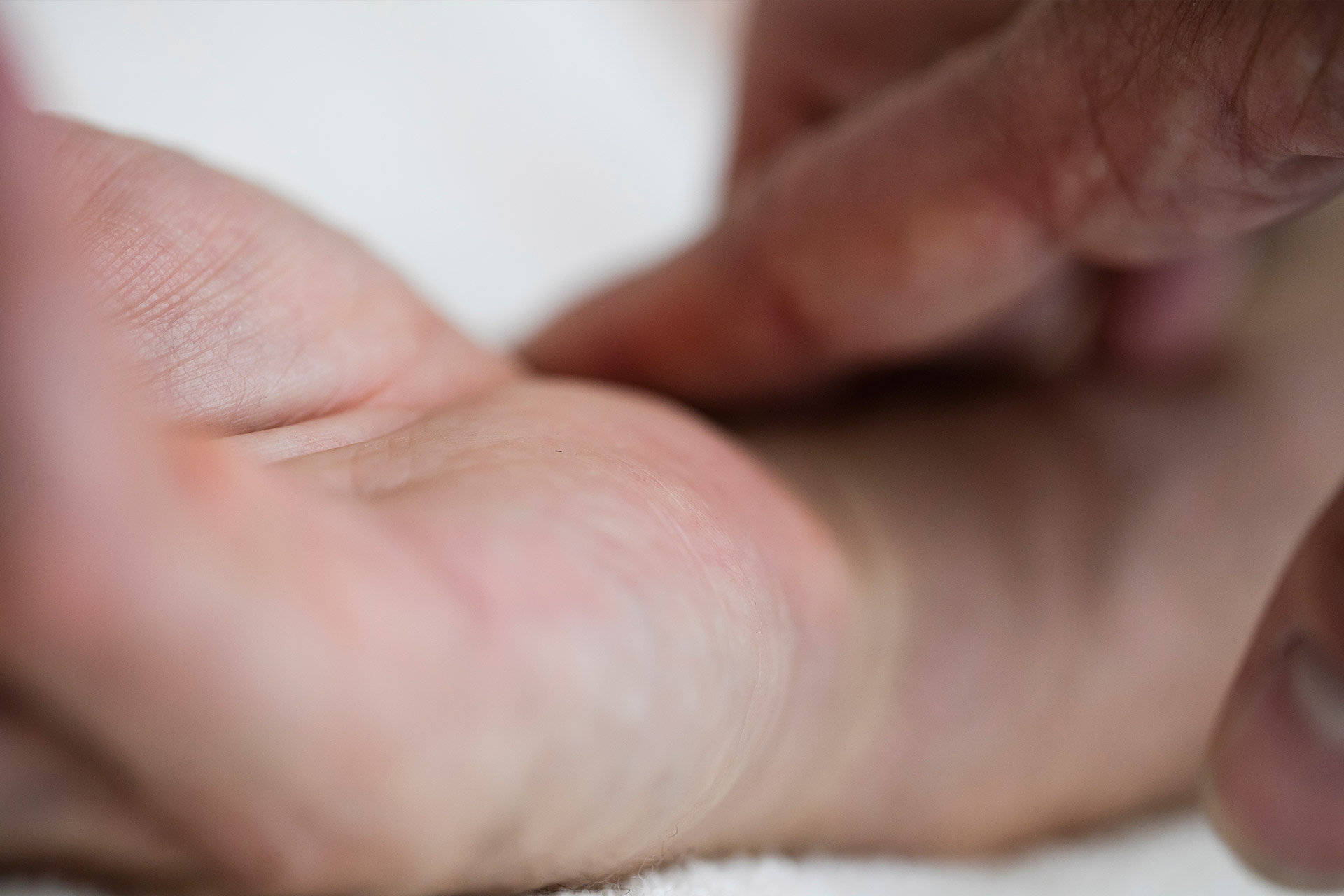
Sciatica Treatment with Acupuncture: Going to the Heart of the Pain
Earlier this week a new patient asked me what it was about the way I worked that made me different as an acupuncturist. I guess she’d heard something about my reputation from someone else. At first I didn’t know how to respond; I was as curious as she.
The answer to this question only became apparent during our treatment together. She’d come for help with leg and back pain: sciatica mostly. Her pain was rooted in her low back, but would travel down her leg into her outer ankle. It was worse in the morning after she woke from sleep, and after sitting when she tried to rise.
I see healing as more than just the alleviation of physical symptoms. I like to get to know the person I’m working with. As a colleague of mine said of my work as a healer: I act less like the all-knowing doctor or the guru who can advise and take away all pain and suffering. I act more like the “spiritual friend,” who helps my patients find their own way to health and wellness.
After the patient described her pain, I pressed her to tell me what else was going on in her life. There was much more to her story than her physical discomfort. She was in the midst of an internal crisis that had left her feeling overwhelmed and alone. She was “putting up a good front,” yet internally felt as if she was falling apart.
I treat spiritually, not just physically. What this means to me is: I treat the entire person, not just their symptoms. I try to create a healing space where we can speak frankly, where we can go beyond the “front” and begin to work out the inner depths.
Within spirit is always the process of evolution and the challenges that go along with it. The spirit likes to be free, so any symptom of body or mind, especially pain, indicates a blockage or stagnation that is inhibiting the spirit’s free movement. Through my acupuncture treatments I try to remove blockage, allowing the spirit to become free once again.
The spirit is the animating force in our lives. It is what guides us. It attracts lessons and experiences for growth and fulfillment. Chinese medicine believes the spirit is “housed” in the Heart and circulates through the blood via the circulatory system. To treat the spirit requires treating the blood and its circulation.
I saw where this patient was stuck when I observed her having difficulty rising from a seated position. She’s relativity young, so this was striking. I felt hers was not a physically-rooted problem, but a manifestation of her emotional state: psychosomatic exhaustion from overwhelm.
Psychosomatic symptoms are best treated with the particular acupuncture channels that circulate blood: the Luo “connecting vessels.” Each acupuncture point on these vessels has an emotional profile that is matched with the physical symptoms they treat.
The points along the Luo Vessels of the Gallbladder, Bladder and Stomach vessels in particular all treat leg problems. These points are located on the lower leg, yet their effects reach widely into other areas of the body and mind.
In treating pain conditions I consider many different variables. The first is obviously where the pain is located, and where it extends or travels into. I match this with the trajectories of the acupuncture channels: on which of the channels is the pain located?
The second consideration is the type of pain: the nature of the discomfort. Pain that is fixed and strong is associated with energetic “Cold” and the Bladder channel. Pain that is achy, heavy and tends to move or travel is associated with “Dampness” or “Wind” and the Gallbladder. Pain that is hot, inflamed and potentially causing redness is associated with “Heat” and the Stomach.
Pain that seems to lack a mental or emotional component is best treated with the most superficial of the acupuncture channels: the tendino-muscular channels. Yet when a person presents themselves in a very emotional way, complaining of stress or difficulties in their emotional lives, I often treat with the Luo Vessels.
In the case of this patient, she came for her leg pain, but there was obviously more she wanted help with. It didn’t take much for her to begin telling me about the stress in her life, feelings of loneliness and alienation causing overwhelm and even states of despair and hopelessness.
I told her we’d try treating two acupuncture points on her legs that alleviate sciatica and back pain, as well as address her emotional profile.
This patient reminded me of a woman I had treated a week earlier, also for leg pain. Yet her emotional profile was slightly different. Even though the symptoms were the same: both were dealing with sciatica, the treatments needed to be different based on their specific emotional profiles.
In addition to symptoms and emotional profile, I also assess the physiology of each patient through pulse diagnosis. This allows me to tailor the treatment specifically to the person at that particular time.
I gave the current patient the acupuncture points Gallbladder-37 (GB-37) and Bladder-58 (BL-58). The prior patient was given Stomach-40 (ST-40), Gallbladder-37 (GB-37), and Spleen-4 (SP-4).
The pain was completely resolved after just one session, for both women.
The two women both described feelings of exhaustion that went beyond the physical, as if they’d given up, feeling hopeless that their situation wouldn’t change. They didn’t know how to move forward in their lives. And both women felt abandoned, isolated and left alone to deal with their problems. This is the profile of the acupuncture point GB-37 Guang Ming, translated as “Bright Light.” It is popularly used to treat eye and vision problems. Yet in Chapter 10 of the acupuncture medical classic Ling Shu (the spiritual pivot), GB-37 is said to manifest states of deficiency when it is “full” and paralysis or weakness of the lower limbs to cause difficulty rising from a seated position when “empty.”
The terms “full” and “empty” relate to the theory of the Luo vessels (and their associated points) as depositories for unresolved stress that can be of a physical, mental or emotional nature. The holding vessel “fills” to capacity until it overflows and “empties.” Both states create their own symptoms and manifestations.
The name “Bright Light” refers not only to vision on a physical level, but also to the ability to see new possibilities in life. When this light goes dim, a person can lose hope and feel despairing. To treat GB-37 is to re-light the spiritual light within a person’s “visionary” capacity.
Treating the Luo Vessels is like honoring a person’s story: their challenges, stresses, difficulties, heart pains, disappointments, conflicts: the spiritual journey of life. They release that which is inhibiting the flow of blood: the mediumship for spiritual circulation.
The Luo Vessels, and Chinese medicine in general is highly physical in its language. It often doesn’t talk about the emotions in a direct way. It is customary in Confucian culture to not speak of one’s mental and emotional difficulties directly, but in purely physical language. Even in our modern world, there are some people who are very comfortable discussing their emotional lives, while others prefer to keep that part of themselves hidden and private, preferring instead to speak of themselves physically. The language to the Luo Vessels, combined with pulse diagnosis helps decode these hidden messages.
We know from modern psychosomatics that mental-emotional difficulties can manifest physically. They often co-exist as manifestations of the same root problem.
Some of us are more articulate and emotionally expressive by nature. Others submerge their mental and emotional issues into their bodies.
Acupuncture is energetic medicine. Regardless of symptom or manifestation, the goal is to identify the energetic cause of a problem and correct it. Sometimes the root of the problem can be best identified through purely energetic diagnostics like the pulse. Other times it expresses itself through symptoms: physical or emotional. There is even a popular school of acupuncture that diagnoses through a person’s complexion, tone of voice and body odor.
For both patients GB-37 identified itself as the root of the problem. Yet, the subtleties of each person were different, which led me to add other points to their treatments.
The point BL-58 Fei Yang is said by the Ling Shu to manifest as pain in the low back and head, as well as sinus congestion. The psychological profile attributed to this point relates to the body’s nervous system and ability to manage stress. “Fullness” of BL-58 causes a person to feel overwhelmed all the time. “Emptiness” causes a person to lose a sense of their own limits. The name Fei Yang, translated as “Flying Away” gives the image of a person’s reaction to stress and overwhelm. They may tend to “leave” their bodies in a state of panic or become disassociated from themselves: both common reactions to stress, shock and fear.
ST-40 Feng Long manifests as mania when “full” and weakness of the lower limbs when “empty.” The emotional profile of ST-40 is a person who reacts to stress by becoming hyperactive to the point of manic behavior. When they burn out they often go into a depressed state. This can be likened to manic-depressive states or bipolar disorder. Yet in the patient I was treating, she exhibited only the “emptiness” profile of ST-40 which is also frequently described as relating to a lack of sense of destination in life: not knowing where to go or what to do. The name Feng Long is often translated as “the abundant bulge,” yet my teacher calls this point “abundant splendor,” imbuing it with a sense of aspiration and delight in life. ST-40 as a “spirit point” allows a person to envision the fields they wish to plant and the glorious harvest they will yield. It helps them feel deep inside themselves what they want to create and devote themselves to.
One of the women was caught in a sense of “deficiency” and leg pain due to overwhelm she couldn’t manage, while the other’s leg pain came from not knowing what to do and where to go in her life. One woman was suffering from high anxiety, while the other from a state of depression. Therefore each person needed to be treated differently, even though their symptoms were similar. As an acupuncturist I always treat the person, not the condition.
What is especially nice about acupuncture treatment and Chinese medicine in general is that I didn’t need to resort to giving either of these women advice. Honestly, how could I advise them what to do in their lives? That is between themselves and their spirit. What I did was move the blockage in the pathways of their spiritual energy via the acupuncture points, so they could figure out their lives themselves.
After the leg pain was gone I trusted these women would regain the ability to manage their lives. The acupuncture treatment was putting spirit back in control.
.I was happy to hear (but not surprised) that they felt a renewed sense of hope and both felt that there was a way forward. Enthusiasm returned, as did a sense of calm and ability to manage life.
















No Comments